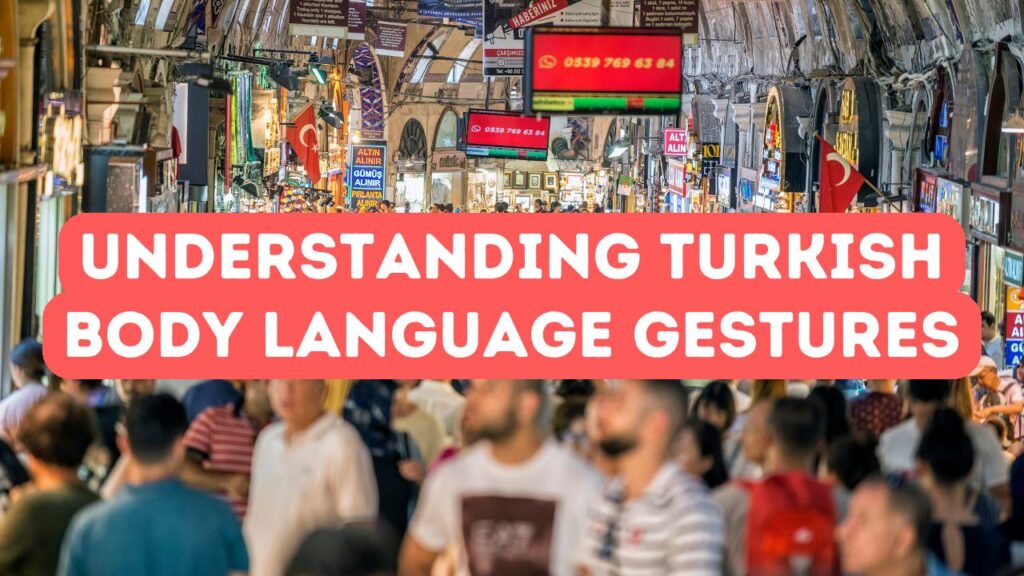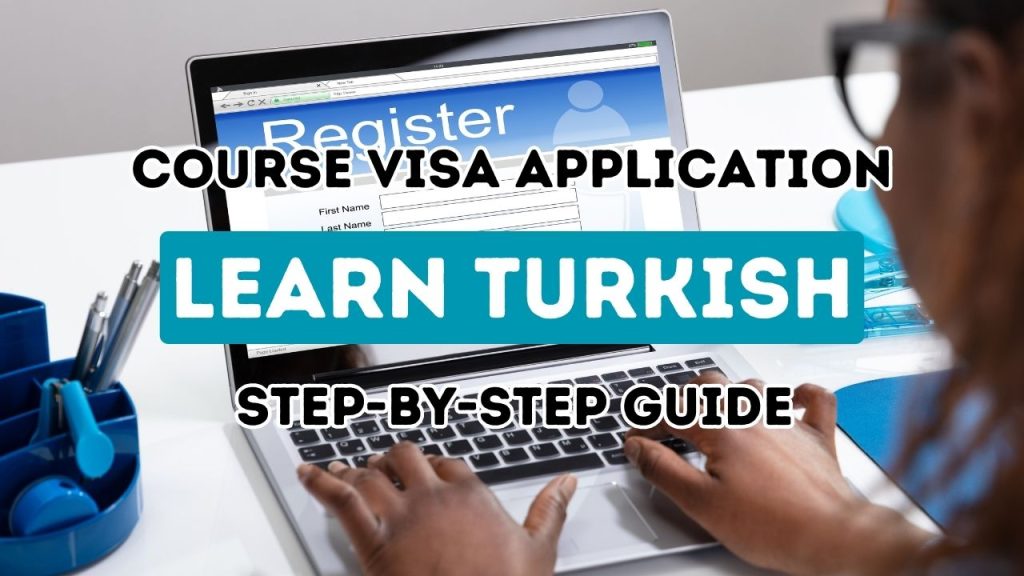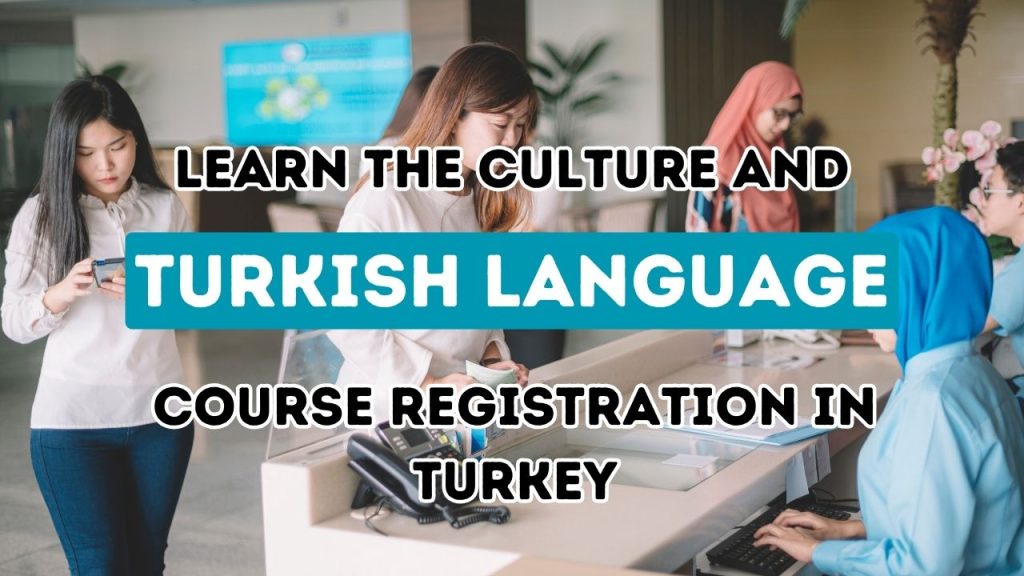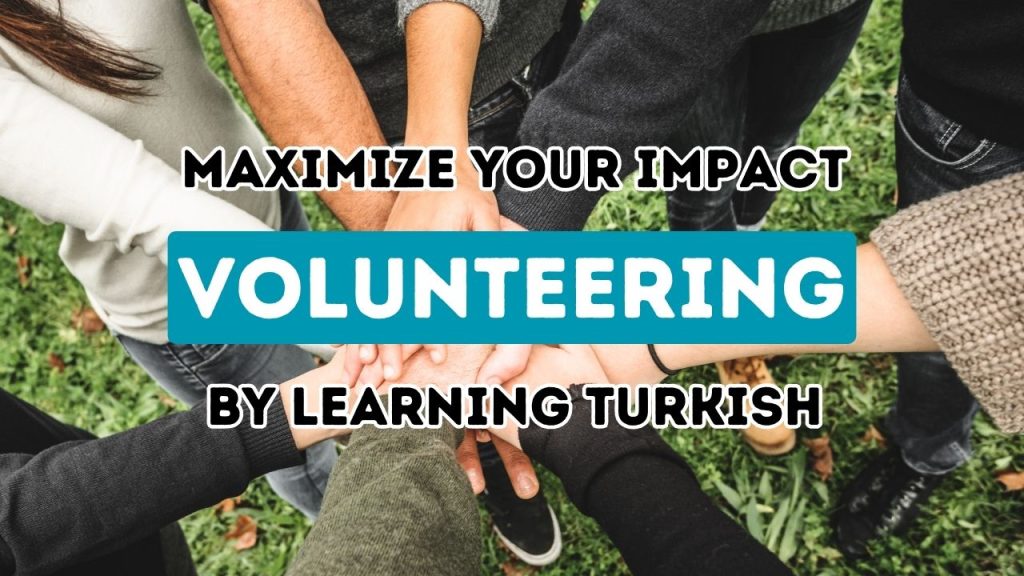Decoding Turkish body language is like reading a silent story—a tale told through gestures more than words. In Turkey, nonverbal communication plays an essential role, sometimes speaking louder than the words themselves. Imagine you’re in a bustling Istanbul market; a simple nod might mean yes, but in Turkey, it can signify much more. Understanding these gestures in Turkey can save you from a faux pas or enhance your interaction. Turkish culture is rich with unique signals and meanings. From a subtle tilt of the head to a wave of the hand, interpreting gestures frequently becomes second nature to locals. For outsiders, these cultural differences in Turkey might appear as a complex puzzle, but cracking that code is crucial. It’s not just about recognizing gestures; it’s about feeling the heartbeat of the culture. This understanding fosters genuine connections in a world where words sometimes fall short.
Cultural Nuances: Decoding Non-Verbal Communication in Turkey
Navigating Turkish body language is like piecing together a cultural jigsaw, where each gesture holds a hidden story. In a country where nods speak as loudly as words, understanding these signals can bridge gaps in nonverbal communication Turkey is renowned for. Picture yourself sipping tea with a Turkish host; the slight raise of their eyebrows might puzzle you. Yet, in this setting, it invites an unspoken bond, a nod to camaraderie that’s not apparent to the untrained eye. Recognizing these gestures in Turkey isn’t just about observation; it’s about immersing oneself in the rhythm of local interactions. The cultural differences Turkey embodies are vivid, and interpreting gestures frequently is akin to learning a new language—you might fumble at first, but soon, the dance of hands and expressions becomes instinctual. Peeling back these layers reveals the warmth and depth of Turkish social interactions, where silence is more than just golden.
Understanding nonverbal communication in Turkey uncovers a tapestry of cultural nuances that color everyday interactions. Consider the famed nose flick—a gesture signifying disbelief or rejection. To outsiders, it might seem quirky, but in Turkey, it speaks volumes. Each movement, from the arch of an eyebrow to the way a smile emerges, threads a narrative unique to this land. These gestures in Turkey aren’t arbitrary; they’re a dance of emotions and social cues. Cultural differences Turkey presents often surprise and delight, adding layers to simple exchanges. Imagine misinterpreting a slow head shake as disagreement when it actually conveys amazement. Recognizing these subtleties goes beyond simply observing; it’s about joining the symphony of local customs. As you dive deeper into this kaleidoscope of signs, you’ll find that interpreting gestures frequently becomes a gateway to the Turkish soul. The melody of silent communication is both an art and a bridge in understanding Turkish body language.
Mastering the art of Turkish body language is akin to unlocking a vault brimming with unspoken secrets—a skill that transforms mere visitors into cultural maestros. The simple act of crossing arms or tilting a chin morphs into intricate dialogue, offering insight that words often fail to convey. Within these gestures in Turkey, lies an unwritten code, vital for genuine rapport. A serene glance shared over simmering kahve is more than hospitality; it whispers an invitation into the tapestry of Turkish life. Nonverbal communication Turkey celebrates reminds us that the eyes can bear poetry unuttered. Bridging these cultural differences Turkey holds requires embracing more than spoken dialogue; it demands an intuitive leap into the realm of gestures where meaning dances between silence and expression. Interpreting gestures frequently, you begin to feel the pulse of a nation where warmth and connection thrive not merely in conversation, but in the very air you breathe.
Common Gestures and Their Meanings in Turkish Culture
In Turkey, nonverbal communication is as vibrant as its bustling streets, with gestures playing a crucial role in daily interactions. Understanding Turkish body language is akin to deciphering a secret code that locals use fluently. A nod here isn’t always a ‘yes’; it might simply mean ‘I’m listening.’ A raised eyebrow could convey skepticism rather than surprise. These subtle, yet powerful, gestures in Turkey can convey emotions and responses far beyond mere words. For instance, a slight shrug of the shoulders might indicate uncertainty, a gesture so frequent it’s fundamental in interpreting gestures frequently seen across the country. Recognizing these cultural nuances is vital, as it helps bridge the gap in cultural differences in Turkey. By grasping these common gestures and their intricate meanings, foreigners can turn awkward misunderstandings into seamless interactions, moving beyond mere transactions to truly understanding the heart of Turkish communication.
For many, interpreting gestures frequently seen in Turkey might feel like an art form, but with a sprinkle of insight, it becomes intuitive. Picture a classic street scene: a person tapping their forehead lightly usually implies regret or frustration. Meanwhile, a sweeping gesture of the hand towards the body typically invites one to join an activity or conversation, showcasing a seamless blend of generosity in nonverbal communication Turkey. Raise your thumb up, but not in the universal ‘good job’ sense; here, it could mean a request for help or assistance. Treating cultural differences Turkey with respect allows observation to become understanding. It’s not merely about seeing what’s visible; it is about realizing what’s communicated silently beneath the surface. With each gesture, there’s a depth waiting to be understood, a layer to Turkish body language that transforms the foreign into familiar and the complex into clarity.
Many common gestures in Turkish culture carry rich layers of meaning, offering a glimpse into the heart of nonverbal communication Turkey. A gentle nod coupled with a hand over the heart expresses gratitude, deeply felt yet quietly conveyed. This subtlety underscores cultural differences Turkey where actions can speak volumes. Interpreting gestures frequently involves understanding context, like knowing a slight forward tilt of the head often seeks approval or empathy. When someone draws a finger across their lips, it suggests silence or restraint, a respectful gesture requiring careful reading in Turkey. These signals are more than just movements; they are social threads that weave complexity into everyday life. Equally, a quick touch of the earlobe might convey disbelief without uttering a word, showcasing the nuances of gestures in Turkey. Each motion tells a story, where the unsaid speaks of the warmth, humor, and depth embedded in Turkish body language.
Navigating Social Interactions: The Importance of Body Language in Turkey
Mastering Turkish body language is akin to unlocking a hidden dialogue, a dance where every movement matters. In Turkey, gestures speak volumes, often conveying emotions and intentions more vividly than spoken words. This is where nonverbal communication Turkey becomes pivotal, especially in social interactions where a missed cue could lead to cultural missteps. A slight raise of the eyebrows or a gentle shrug might seem ordinary elsewhere, yet in Turkey, these signs are intricate parts of the conversation. Recognizing and interpreting gestures frequently, like a quick flash of fingers representing numbers, is crucial when mingling within this rich tapestry of cultural differences Turkey presents. Engaging with the essence of Turkish interactions requires more than just words; it demands an intuition of these unspoken cues. Embracing this unique mode of communication invites deeper connections, navigating beyond mere exchanges into realms of understanding and respect.
In social settings across Turkey, understanding body language is like holding a key that unlocks smoother interactions. Imagine joining a family dinner in a Turkish home; the atmosphere buzzes with unspoken communication. Did you notice the way your host smoothly gestures for more food with just a slight wave? Or how a small nod can signal everything is perfect? Gestures in Turkey are woven into daily life, echoing emotions and intentions that words might fail to capture. Interpreting gestures frequently is essential in these settings. Nonverbal communication Turkey is not just an accompaniment to words—it’s foundational. Whether navigating a bustling bazaar or a quiet cafe, these cultural differences Turkey offers can transform experiences. Tight-lipped conversations take a back seat as gestures convey warmth, approval, or even subtle hints of disagreement. Embracing these cues shapes a more meaningful, vibrant connection in the social dance of Turkish life.
Interpreting gestures frequently becomes vital when navigating everyday social interactions in Turkey. Picture yourself walking through a lively Turkish bazaar; a seller’s subtle beckoning or gentle shake of the head can communicate as much as any spoken phrase. In Turkey, these gestures are woven into the cultural fabric, painting vivid images where words might blur. Recognizing these nuances allows you to glide through conversations, picking up on sentiments not overtly expressed. Understanding Turkish body language is more than just a skill; it’s a bridge to genuine connections. In diverse settings—from negotiations to casual encounters—the ability to decode gestures in Turkey enriches your experience. Nonverbal communication Turkey, much like an unspoken symphony, transcends verbal boundaries. In a nation where cultural differences abound, mastering these cues ensures smoother, more authentic dialogues. It’s more than interaction; it’s about tapping into the soul of what makes Turkish exchanges truly unique.





